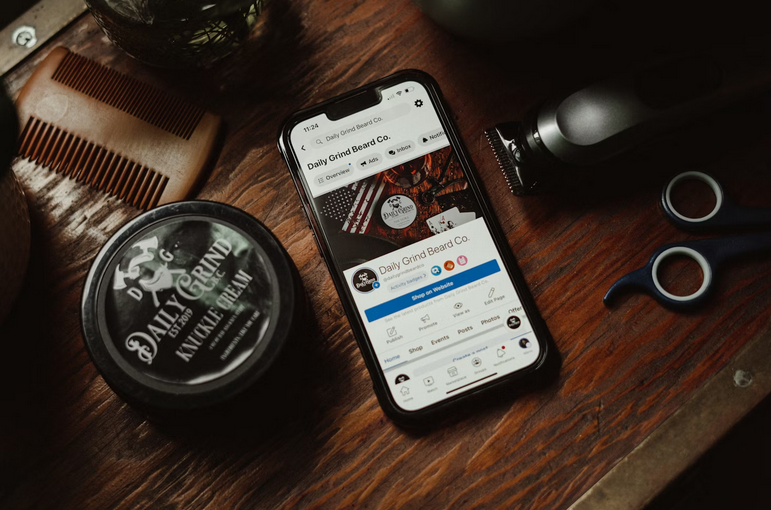
Are you ready to transform your abandoned carts into conversion gold? In the fast-paced world of digital marketing, capturing a customer’s attention just isn’t enough—you need to keep it. Enter remarketing: an essential strategy that breathes new life into your engagement efforts. With Google AdWords in your arsenal, re-engagement becomes achievable but also straightforward and effective.
Whether you’re looking to nudge hesitant buyers back towards checkout or reignite interest from past visitors, our proven remarketing strategies will help you turn lost opportunities into loyal customers. Join us as we delve into the art of re-engagement with tips and tricks guaranteed to elevate your advertising game.
Segment Your Audience for Precision Targeting
One of the most effective strategies for remarketing is audience segmentation. Rather than adopting a one-size-fits-all approach, segment your audience based on their behavior, engagement level, and stage in the buying journey. Google Ads offers several remarketing lists, including website visitors, app users, YouTube users, and customer lists. You can also create custom lists based on specific parameters, such as pages visited or actions taken on your website.
By segmenting your audience, you can create more targeted ads that speak to each group’s specific interests and needs. For example, you might show a different ad to someone who abandoned their cart than someone who has previously made a purchase. This personalized approach will increase the chances of converting leads into customers.
Craft Compelling and Personalized Ad Creatives

To maximize the impact of your remarketing campaigns, develop ad creatives that are highly relevant to your target audience’s specific interests and behaviors. Personalized ads that reflect users’ previous interactions with your brand are more likely to capture attention and drive action.
For example, if a user views a particular product but does not purchase it, create ads showcasing it with a special offer or discount to entice them back. Utilize dynamic remarketing to automatically generate personalized ad content based on user’s previous interactions, displaying products or services they’ve shown interest in.
Analyze and Optimize Campaign Performance
Analyze the performance of your remarketing campaigns regularly to ensure they are meeting your objectives. Utilize Google Ads’ reporting tools to track key metrics such as click-through rates (CTR), conversion rates, and return on ad spend (ROAS). Identify trends and patterns to assess the effectiveness of your strategies and make data-driven adjustments.
Consider conducting A/B tests to experiment with different ad creatives, messaging, and targeting options. Continuous optimization based on performance insights helps refine your remarketing efforts and improve overall campaign effectiveness. For this purpose, most ads specialists can help you set up and manage A/B tests to ensure accurate tracking and analysis.
Leverage Frequency Capping and Timing
While remarketing can be highly effective, avoiding overwhelming your audience with too many ads is important. Implement frequency capping to limit the number of times a user sees your remarketing ads within a specified time frame. This prevents ad fatigue and ensures that your campaigns remain engaging rather than intrusive.
Timing also plays a critical role in remarketing success. Experiment with different time windows to determine the optimal duration for your remarketing efforts. For instance, users who recently visited your site might be more receptive to a remarketing ad within a few days, while others may require a longer time frame before re-engagement.
Utilize Remarketing Lists for Search Ads (RLSA)
Remarketing Lists for Search Ads (RLSA) is a powerful feature that allows you to tailor your search campaigns based on users’ past interactions with your site. By applying RLSA, you can modify your bidding strategy, ad copy, and targeting based on the remarketing lists you’ve created.
For example, you can increase bids for users who have previously visited your site and are searching for related keywords, improving your chances of capturing their attention again. Customize ad copy to address their needs or offer incentives to drive them back to your site.
Implement Cross-Channel Remarketing

Incorporate cross-channel remarketing strategies to reach your audience across various platforms and devices. Google Ads allows you to run remarketing campaigns on the Google Display Network and across YouTube, Gmail, and partner sites. Extending your reach, you can re-engage users interacting with your brand across different touchpoints.
For instance, if a user watched a video on YouTube related to your product but did not visit your website, you can follow up with targeted display ads or search ads to encourage them to return. Cross-channel remarketing helps reinforce your message and maintain top-of-mind awareness.
Integrate With CRM and Email Marketing
Integrate your remarketing efforts with CRM and email marketing strategies to create a cohesive approach to customer re-engagement. Use CRM data to inform your remarketing lists and target users with relevant ads based on their interactions with your brand.
Additionally, synchronize your remarketing campaigns with email marketing efforts. For instance, if a user receives a cart abandonment email, follow up with targeted remarketing ads to reinforce the message and drive them back to complete the purchase.
